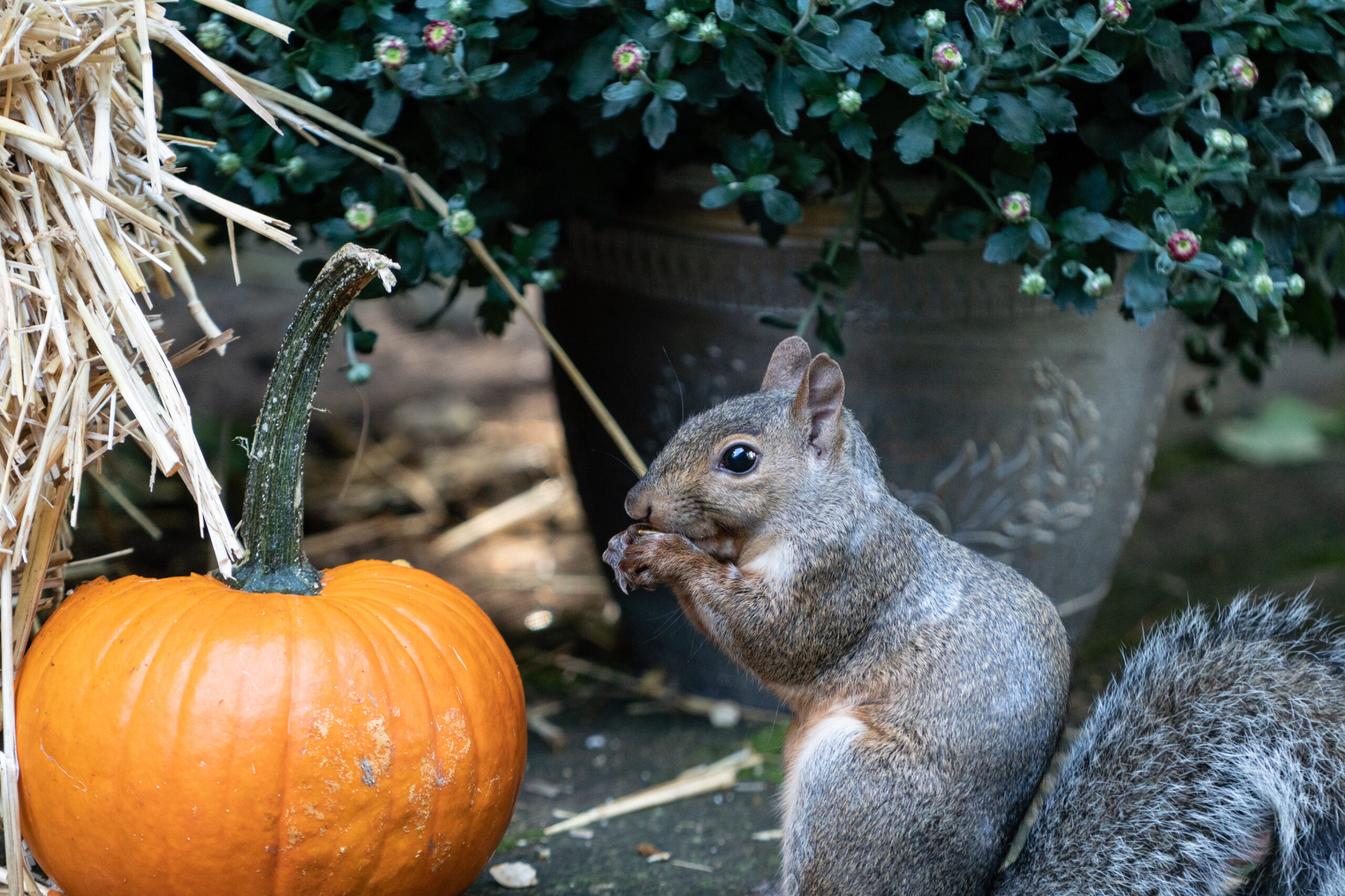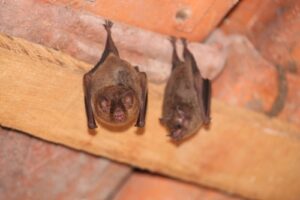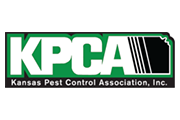Watching the squirrels scampering across the lawn or hiding in a tree may be fun. Most homeowners wouldn’t expect to find squirrels digging around, but it does happen.
These rodents are constantly gathering food to store away for the winter months. So, if you hear scratching noises coming from your walls or attic, there’s a good chance that squirrels have begun excavating their version of underground tunnels beneath your floorboards or within the walls. Squirrels often make scraping sounds in walls or attics as they eat, explore, and build nests. But don’t panic.
Here’s how you can identify these little critters and how to deal with them.
What Attracts Squirrels to Your House?
As the weather starts to cool down in Kansas City, rats, mice, squirrels, and other warm-blooded pests are looking for places to keep warm and dry.
Your home can provide the perfect shelter for them, especially if there are gaps or holes in your exterior. Once they’re in, they’ll start looking for food, and that’s when they can become a nuisance.
Think You May Have a Squirrel in Your Walls?
Here’re a few indicators that these furry creatures are in your house:
1. Scratching Sounds
Squirrels are noisy creatures. You’ll hear running, scratching, and chewing sounds within the walls around dusk or dawn.
While other rodents produce similar noises, most squirrels are diurnal and sleep through the night like humans. But if you hear noises at night while asleep, you most certainly have raccoons, rats, or something else other than squirrels within your walls.
2. Odor
You’ll begin to smell a squirrel more strongly the longer it has resided in your house. You’ll start to smell an unpleasant odor when the squirrels’ excrement and urine accumulate. Their urine and feces have a harmful bacteria called salmonellosis, which can cause squirrel-related sicknesses such as leptospirosis and tularemia.
Incidental exposure could also lead to fever, diarrhea, vomiting, chills, and nausea. If you suspect squirrels in walls, contact a professional for help.
3. Squirrel Nests
These are typically made of leaves, twigs, and other materials and are usually located in trees or attics. Squirrels could use insulation and other items they find within your walls, attic, or crawl area in addition to the resources they gather outside to build their nests.
Most nests typically have squirrel activity signs, including chew prints, droppings, and stored food like acorns or nuts.
4. Droppings
Chipmunk and rat droppings resemble that of squirrels. However, squirrels tend to use a fixed area as their bathroom. The good news is it makes it easier for you to clean, but still, the accumulation of the waste causes more deterioration in that specific area.
5. Damaged Entry Points
Squirrels’ teeth and chewing ability are relatively robust, and their entry points vary from those of other animals. Raccoons make large holes, while mice make small holes.
Squirrels create even smaller holes, which, at first look, don’t even appear to exist. You’ll notice damage to the outer panels, eaves troughs, shingles, and fascia boards along the roof line.
6. Interior Damage
Squirrel infestations are most frequent in the attic since they enter through the roofline. They will tear the insulation, decreasing its effectiveness. They may even go for your ductwork.
Their burrows will also provide an accessible entryway to insects, bats, and other pests or will merely result in a leaky roof. But the most significant risk is the fire threat squirrels pose. Once they find your hidden electrical wiring, they start nibbling it. The broken wiring can set your residence ablaze.
7. A Sort of “Water Leakage”
Sometimes you may experience water damage on walls because of what appears to be a leaky pipe. Get close and try to smell it. If squirrels are inside the walls, the “water damage” is likely due to their urine accumulating and penetrating the roof.
How to Prevent Future Squirrel Infestation
You can take the following steps:
- Keep squirrels and mice out of your walls by caulking all external home openings.
- Always inspect the roof flashing, eaves, foundations, and the region behind your gutter.
- Seal all the gaps with caulk, sheet metal, plaster, or steel wool.
- Grow your plants and trees no more than eight feet from your roof.
- Collect any fallen nuts or fruits near your house, and try not to keep overripe vegetables in the garden.
- Use squirrel-proof barriers to safeguard bird feeders, and avoid leaving pet food outside all day. Seal all your trash cans and foods securely.
Trusted Kansas City Pest Control Specialists
Early prevention is always better. Before the squirrels cause a lot of damage to your home and cause a health and fire hazard, call Advantage. We use various methods to control squirrel populations, including trapping, baiting, and exclusion. Call us at (913) 768-8989 to schedule an appointment today!













